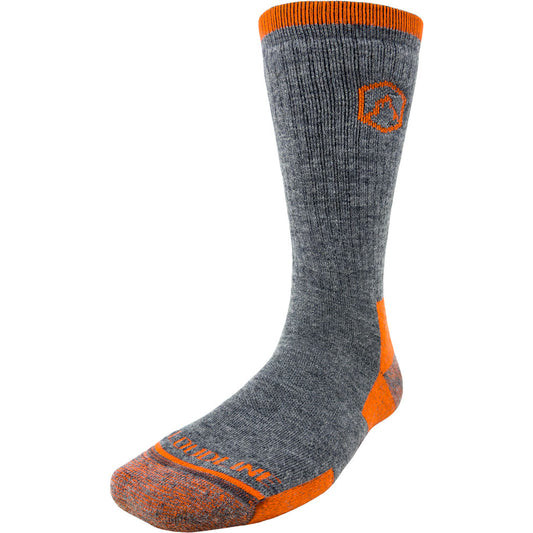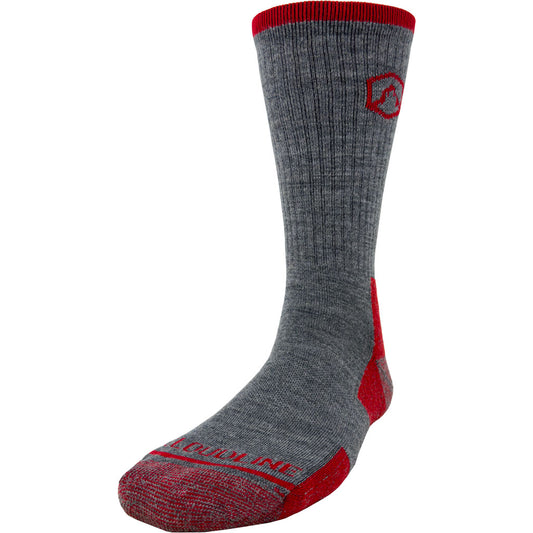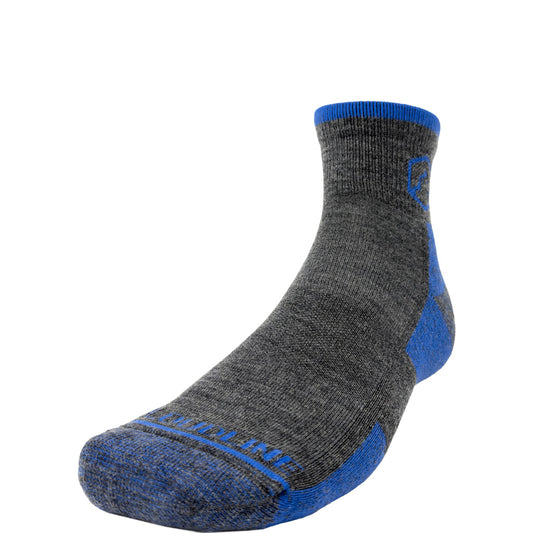
How to Cut Your Christmas Tree in a National Forest
My family has a collection of tree trunk rounds, each with a year written on it. Some are small and symmetrical, while others have an awkward, lopsided shape. Some dates are older than I am, but give me a window into the past: the ones roughly dated in pencil must have been busy years, but the ones neatly wood-burned look like peaceful years.
My favorite family Christmas tradition has always been driving up into the mountains and cutting our own Christmas tree. We grew to perfect the process, carefully judging potential trees for our own living room and for the growing number of family members who began to ask for real trees, too. Grandma likes her tree not too full, but Nana likes it when the branches droop, like trees on vintage postcards. Each year, we would cut a little bit off of the trunk and add it to our quirky collection.
If you have ever dreamed of walking in the forest and cutting your own tree, here is everything you need to consider, know, and take along for the perfect Christmas tree expedition.
Is a Real Christmas Tree for You?

First, decide if you should have a real tree. While the scent of real pine is as crisp and Christmassy as you can imagine, people with severe allergies should consider that the tree will be inside for at least a week, during a time of year with minimal venting indoors. Think about how long you plan to keep the tree inside, and also where in the house you plan to place it.
Real trees shed needles, some more than others, depending on the type of pine, the atmosphere, and the amount of water they are given. No matter what type of pine tree you cut, it is guaranteed to create more housekeeping than a fake tree. You can keep the shedding under control by watering the tree regularly, making sure that contained heat does not dry out the needles. It is surprising how much water a tree can soak up in a day, so be sure to check it regularly. The water level in your tree stand should completely cover the cut section of trunk.
Lastly, real trees have to be disposed of correctly. In good news, real trees are more eco-friendly than fake trees and can be either recycled whole or composted. Once you are certain that you are ready to try a real Christmas tree, it's time to plan your day in the forest.
Preparing, Packing, and Permit

Because cutting your own real Christmas tree requires work and exposure to the winter chill, good preparation and packing are essential for both safety and keeping your day full of fun and adventure.
Begin by deciding which National Forest you will cut your Christmas tree in. You will need to buy a tree permit for that National Forest, which are available at ranger stations and most visitor centers in the forest area. Call the local ranger district for more locations where permits are available. When you buy your permit, you will be given a map of areas open for tree cutting, as well as local guidelines for cutting trees. Read through the guidelines carefully, and be respectful of the National Forest land and workers. Many areas will have restricted wilderness or protected areas that you should avoid, and there is important information about how to cut a tree and which trees to cut in the guidelines.
This year while hiking in Rocky Mountain National Park, I saw a family take a tree from a popular trailhead with no permit in sight. Clearly, this was not the time, place or situation for Christmas tree cutting. Just like refraining from leaving trash at a campsite and staying off of protected areas, respect and care are important while enjoying your holiday adventure.
Before you set out to find the perfect tree, make sure that you have a workable tree stand at home. While stands for fake trees only have one narrow opening, stands for real trees have adjustable arms to hold the tree in place, and bowl-shaped bottoms to hold water.
When your house is ready to receive some natural Christmas cheer, check the weather report and current conditions for your National Forest destination. Depending on where you live and the time of year, you might consider taking snowshoes with you to get deeper into the forest from the road. Pack according to the weather, plus a little bit extra. Sometimes stopping to assess a tree, walking through ungroomed areas, and getting your hands in the snow to find the trunk can make you colder than you would be on an everyday hike.

Once you check off this packing list, you are ready to go find your tree:
- National Forest Christmas tree permit
- A handsaw
- Warm, weatherproof clothing and accessories
- Sturdy, warm shoes
- Snowshoes (depending on your location)
- Ropes or bungee cords to secure your tree for the drive home
- A sled or rope to help pull the tree (A sled is best if you plan to not go far from a road, and a rope will make sure that the tree does not hit your legs while walking back through all terrains)
- Your favorite Christmas music, something warm to drink, and anything else to make your trip full of fun!
Cutting Your Christmas Tree

When looking for a Christmas tree, remember the height of the room where you will be placing it. When you find one that you like, try to measure the tree as best as possible before cutting it.
Walk all the way around each tree you are thinking about cutting. Check the fullness of the tree, the stiffness of its branches for ornaments, and if it has knots or dramatic curves that would impact it fitting or standing well in your tree stand. Make sure that you gently pull away other trees and branches growing against it, looking out for dead branches or sparse sections.
Part of the fun of searching for your own tree is seeing the variety of shapes, colors, and sizes of pines. Take time to enjoy the forest in winter while you are looking for your Christmas tree, and mark the trees you are thinking of so that you can continue the search!
Once you have picked your tree, examine its base. Find a good spot to begin to saw, thinking through which direction you want the tree to fall. Be very careful sawing the trunk from a sloped, low position. If necessary, have someone help you gently push/pull the tree in the direction you are cutting and hold branches away from you. Sappy pines can be sticky, so having an extra person to push/pull while you cut can keep your saw from getting stuck in the wood.
Safely Bringing Home Your Christmas Tree

When your tree is cut, tie a rope to the branches nearest to the base for you to pull it. Drag your tree with the most sparse side to the ground, protecting the sides you will likely showcase in your house. Be sure to attach the adhesive tree permit to a branch near the tree’s base, making it easily seen from the bottom.
Secure your tree tightly to the roof of your car (or you can put it inside if you have enough room), wiggling it to test the ropes a few times. The base of your tree should be at the front of your car to protect the inside branches from the wind.
Enjoying Your Tree

To me, it does not feel like Christmas until the house smells like pine and cinnamon ornaments. My family’s tradition of finding trees together and saving a little round of the trunk has become symbolic of the things I treasure most about this time of year. For the first time, I went to the mountains with just my husband this year to find our first Christmas tree, as my parents did years ago. Spending time together, in the beautiful forest at a meaningful time of year, has such an impact on how I view a season that can get too frantic and distracted.
Whether you only do it once or make it a tradition of your own, I hope you are able to escape into nature and bring a real Christmas tree home this year.
Merry Christmas, adventurers!




